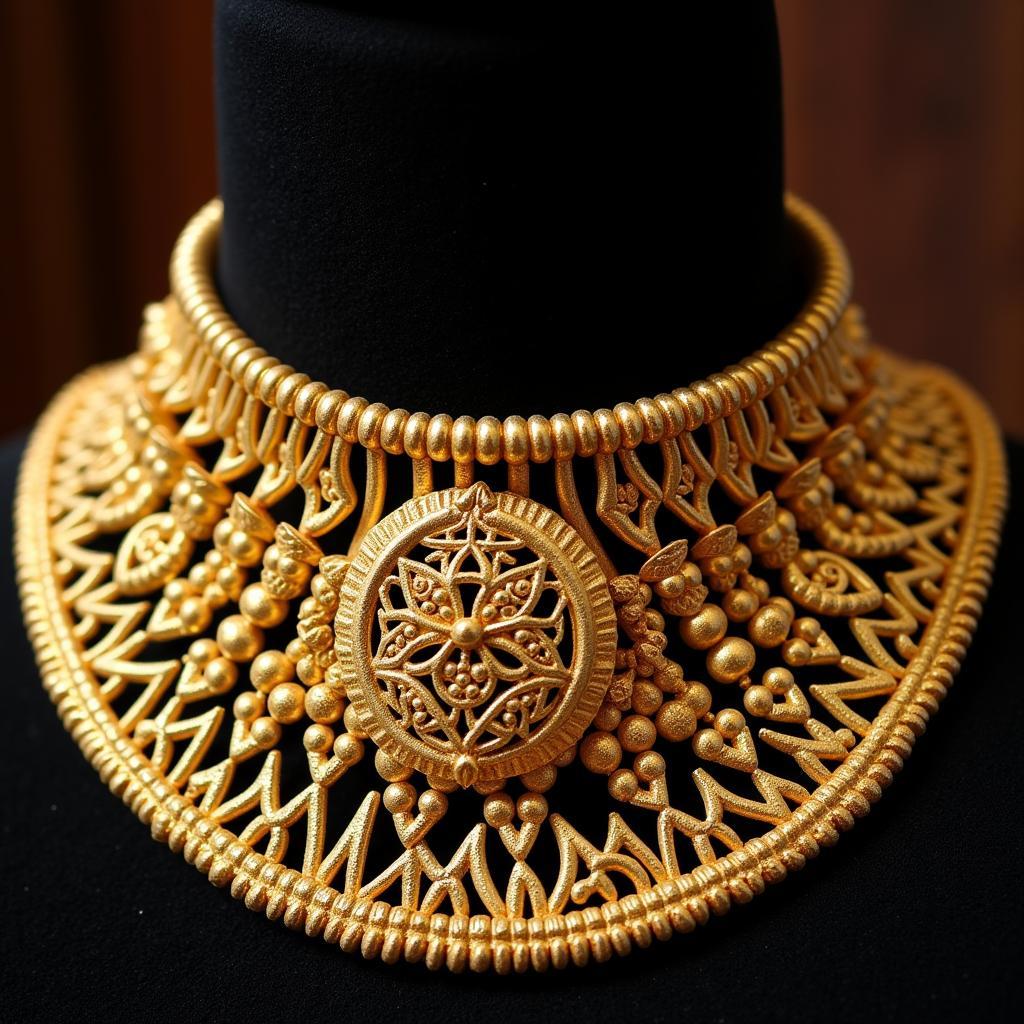The Curious Case of Motty: Exploring the African and Asian Elephant Hybrid
The fascinating story of Motty, the only confirmed African and Asian elephant hybrid, captivated the world for a brief period. This unique creature, born in Chester Zoo in 1978, highlighted the complex relationship between these two magnificent elephant species and sparked numerous questions about hybridization possibilities.
Unraveling the Mystery of the African and Asian Elephant Hybrid
Motty’s birth was a significant event in the zoological world. He was the product of an unexpected mating between an African bush elephant and an Asian elephant. The resulting calf, named Motty, possessed characteristics of both parents, a testament to the surprising genetic compatibility between these two seemingly disparate species.
The African and Asian elephant hybrid, though seemingly improbable, demonstrated that these two species, despite their geographical and evolutionary differences, share enough genetic similarities to produce offspring. This raises interesting questions about their evolutionary history and the potential for hybridization in the wild, although such occurrences remain undocumented.
african indian elephant hybrid
Motty sadly lived for only two weeks, succumbing to a bacterial infection. His brief life, however, provided valuable insights into the potential, and limitations, of cross-species breeding within the Elephantidae family. While his existence was short-lived, his story continues to intrigue scientists and animal enthusiasts alike.
Could Another African and Asian Elephant Hybrid Exist?
The possibility of another African and Asian elephant hybrid emerging remains a topic of debate among zoologists. While Motty’s existence proved that such a hybrid is biologically possible, the circumstances of his birth, within a controlled zoo environment, are unlikely to be replicated in the wild.
The geographical separation between African and Asian elephant populations significantly reduces the chances of natural hybridization. Their distinct habitats and social structures further contribute to this separation. However, Motty’s case serves as a reminder of the surprising connections that can exist within the animal kingdom.
Why are African and Asian Elephants Different Species?
Despite the possibility of hybridization, African and Asian elephants are classified as distinct species due to significant differences in their physical characteristics, genetic makeup, and evolutionary history. African elephants are generally larger, with larger ears and concave backs, while Asian elephants have smaller ears, convex backs, and a characteristic dome-shaped head.
These physical distinctions reflect underlying genetic variations that have accumulated over millennia of separate evolution. While their shared ancestry allows for the rare possibility of hybridization, their divergent evolutionary paths have solidified their status as distinct species.
What Can We Learn from Motty?
Motty’s story offers valuable lessons about the complexities of animal genetics and the potential for unexpected outcomes in cross-species breeding. His case also highlights the importance of understanding the delicate balance of ecosystems and the challenges of managing captive animal populations.
african indian elephant hybrid
Furthermore, Motty’s brief life underscores the ethical considerations surrounding cross-species breeding programs in zoos. While such programs can contribute to scientific knowledge, they must be approached with careful consideration for the welfare of the animals involved.
Remembering Motty: The Legacy of a Unique Hybrid
Motty’s story, though tinged with sadness, continues to fascinate and educate. He remains the only confirmed African and Asian elephant hybrid, a unique creature whose brief existence expanded our understanding of the interconnectedness of life. His legacy serves as a reminder of the wonders and complexities of the natural world.
african indian elephant hybrid
“Motty’s case was truly extraordinary,” says Dr. Anika Sharma, a leading expert in elephant genetics. “He provided a glimpse into the surprising possibilities of hybridization and challenged our understanding of species boundaries.”
Professor Charles Mbogo, a renowned wildlife conservationist, adds, “While Motty’s story is fascinating, it also underscores the importance of preserving the natural habitats and distinct genetic lineages of both African and Asian elephants in the wild.”
Conclusion: The Enduring Fascination with the African and Asian Elephant Hybrid
The story of Motty, the African and Asian elephant hybrid, continues to captivate and intrigue. His brief life offered a unique window into the complexities of animal genetics and the surprising connections between seemingly disparate species. While his existence was fleeting, Motty’s legacy reminds us of the wonders of the natural world and the importance of ongoing research and conservation efforts.
FAQ
- What is an African and Asian elephant hybrid? An offspring resulting from the mating of an African elephant and an Asian elephant.
- What was Motty’s name? Motty.
- How long did Motty live? Two weeks.
- Why are African and Asian elephants different species? Significant differences in physical characteristics, genetics, and evolutionary history.
- Are there other confirmed African and Asian elephant hybrids? No, Motty is the only confirmed case.
- Where was Motty born? Chester Zoo.
- What can we learn from Motty? Insights into animal genetics, cross-species breeding, and ethical considerations in zoo management.
Need support? Contact us 24/7: Phone: +255768904061, Email: [email protected], or visit us at Mbarali DC Mawindi, Kangaga, Tanzania.
